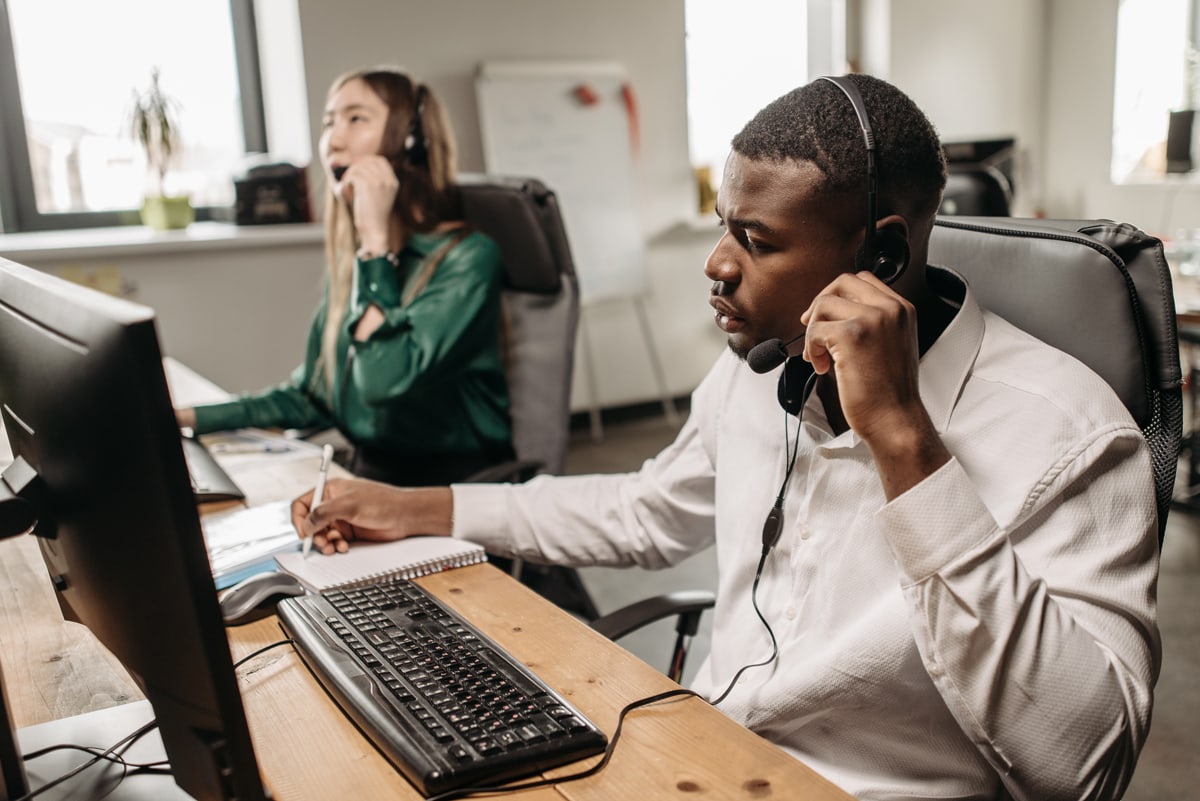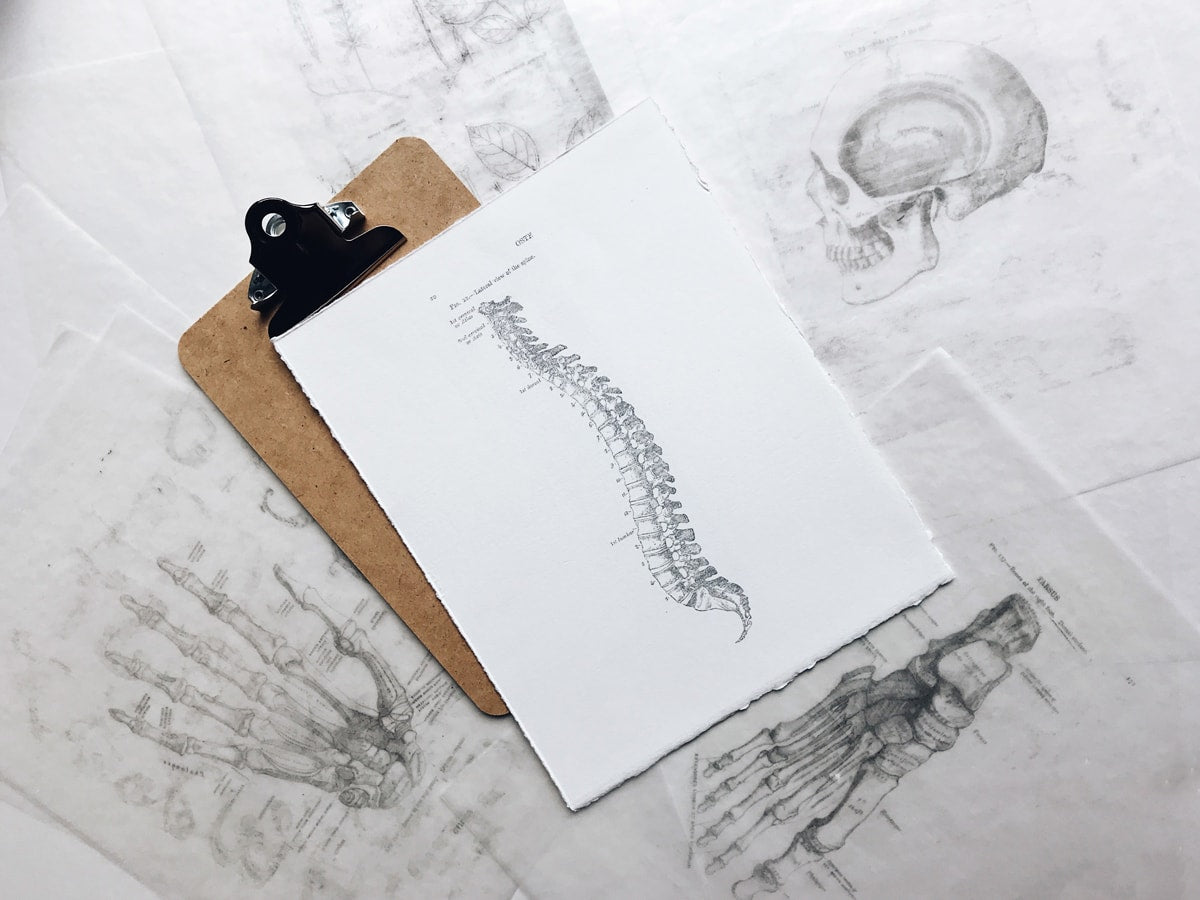Posture is a seemingly uncomplicated attribute of our every moment. It is simply the habitual way we array ourselves in response to gravity, and is as individual as our personalities. But, because our posture is something that we do, it is something that can be done better. Or worse.
What is good posture?
Before we try to improve posture, we need to agree on what good posture is. This is surprisingly difficult, because different cultures and eras have promoted different postures as ideal. But because posture is at root a biomechanical response to gravity some basic principles apply. Thus, we may begin by saying a good posture is one that allows us to support ourselves in gravity with a minimum of muscular effort. We might add that because such a posture requires that we be balanced on our bones, it will allow moving in any direction without prepositioning any part of ourselves. These are high level requirements, but in practice good posture can be recognized as grace and ease, whether at rest or in motion.
Origins of posture:
Posture arises “spontaneously” as babies discover how to move in gravity. How exactly infants acquire their movement and postural repertoire remains mysterious, but because every child displays a similar trajectory it’s tempting to think children are acting on an inborn “learning to walk” algorithm. However, it seems more likely that children are simply exploring random movements, and retaining those movements and postures that help them accomplish their desires with the least effort. The idea that posture and movement are the result of random discovery is made more credible by the work of roboticists such as Josh Bongard here at the University of Vermont, who have found that robots can teach themselves how to walk through a process of trial and error. Here’s an early example of a starfish robot teaching itself to walk, but the principles apply to actual children.
In effect, it is through their discovery of themselves that children discover the world and how to move through it with grace and efficiency. This then is how children acquire their posture, through a process of discovery. There are other inputs, certainly, such as the examples of their parents and later their peers, but the first framework for posture is self-discovery.
What’s required for good posture?
Children are gifted with perfect posture; it’s a joy to look at unposed pictures of young children, perfectly balanced for the task of the moment. But over time this gift can be eroded, often by well intentioned parents and care givers “teaching” children to sit in car seats or highchairs, or in other circumstances that undermine already established postures. So squatting, a natural pose that children find through self-exploration is gradually extinguished by the expectation that our kids will sit on furniture. Eventually other naturally acquired postures are modified or extinguished, until our kids look like us or their peers. Importantly, as children spend more time supported by furniture their core muscular strength atrophies, until children choose supportive furniture because their earlier, natural postures are now too effortful. As strength ebbs, the portfolio of habitual postures shrinks.
Why is bad posture so common?
Just as we undermine our children’s impulse to perfect posture, we also systematically train ourselves to have poor posture by sitting for many hours each day in “ergonomic” office chairs. Leaning against the “supports” provided by our chairs distorts our posture and denies us the proprioceptive feedback necessary to sit in a balanced, efficient, way. Worse, by slumping all day, we deprive our postural (“core”) muscles the exercise they require to remain strong and vital. It comes as no surprise that 80% of Americans eventually develop back pain sever enough to send them to a health care provider because the single factor most predictive of back pain is the loss of strength of the back extensor muscles1. So, cushioned and bolstered by our “ergonomic” chairs for many hours each day, our core strength gradually evaporates and our posture loses its primal connection with gravity that we developed as children. We become accustomed to a new posture that doesn’t serve us well, and that posture comes to define how we sit.
Unfortunately, once a counterproductive posture becomes engrained it can be very difficult to modify. In part this is because “neurons that fire together wire together”; that is, habits become encoded in the actual neurophysiologic connections of our reflexes, and can only be changed with sustained effort. Moreover, once a new posture becomes habitual it is difficult to change, because any other posture, even a better one, will feel “abnormal”. So, while you can intentionally “sit up straight” for a few minutes, because it feels “wrong”, you quickly lapse into your habitual slumped posture once distracted.
Reclaiming our posture
But the story isn’t all gloomy. We can take back control of our posture by exploring nonhabitual movements and postures, entering a sort of a second childhood. Some movement practices, such as Feldenkrais, Tai Chi, and yoga, intentionally introduce unusual postures in order to reawaken our kinesthetic sense of self-discovery. We can also simply sit less, and sit for shorter periods of time. “Movement snacks” as short as two minutes taken every half hour can significantly improve our postural and metabolic health. Simply changing some of our habitual behaviors is helpful for many people. For example, parking further from the office, or taking the stairs rather than the elevator or always making it a point to walk about while talking on the phone can inject more movement and opportunities for exploring different postures into one’s day.
Of course, limiting our time spent sitting can be a challenge; it’s easy to become engrossed in emails or spreadsheets or coding and then suddenly discover that you haven’t moved at all for the last few hours. So, while the above “movement for the sake of posture hacks” can work for some people, they do require that one consciously decide many times each day to opt for activity rather than passivity. And, unfortunately, decision functions like a “muscle” in that can eventually become fatigued and leave you simply slumping.
A newer option for introducing more postural variety and movement is active sitting. Chairs are now available that have a slightly unstable seat pan, and thus require you to be actively engaged in your posture, continuously rebalancing yourself moment to moment, and in effect constantly trying out new postures. Because such chairs increase metabolic rate and muscular effort, they require some adjustment and commitment. But you need only swap out your passive ergonomic chair for an active chair once to enjoy a lifetime of better posture and metabolic health. Active chairs are available from a number of small companies (Fully, CoreChair, QOR360, RedRock, MiShu, and others), and some offerings are as or more affordable than standard “ergonomic” office chairs. For those who can’t change how much they sit, changing how they sit can be a game changer.
1 https://pubmed.ncbi.nlm.nih.gov/12322811/





Leave a comment
All comments are moderated before being published.
This site is protected by hCaptcha and the hCaptcha Privacy Policy and Terms of Service apply.